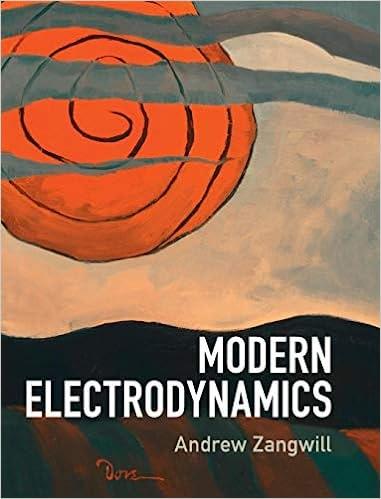A common biological environment consists of large macro-ions with charge Q < 0 floating in a solution
Question:
A common biological environment consists of large macro-ions with charge Q < 0 floating in a solution of point-like micro-ions with charge q > 0. Experiments show that N micro-ions adsorb onto the surface of each macro-ion. Model one macro-ion as a sphere with its charge uniformly distributed over its surface. As explained in the boxed discussion of “Thomson’s Problem” in the text, the minimum energy configuration of N>>1 point charges on the surface of a sphere of radius R has total energy

(a) Derive the N2 term in E(N) by smearing out the micro-ion charge over the surface of the macro-ion.
(b) Give a qualitative argument for the N3/2 dependence of the second term in E(N) using the fact that the first term does not account for the fact that the charges try to avoid one another on the sphere’s surface.
(c) Find N by minimizing the sum of E(N) and the interaction energy between the micro-ions and the macro-ion. Show thereby that the micro-ions do not simply neutralize the charge of the macro-ion.
Step by Step Answer:






